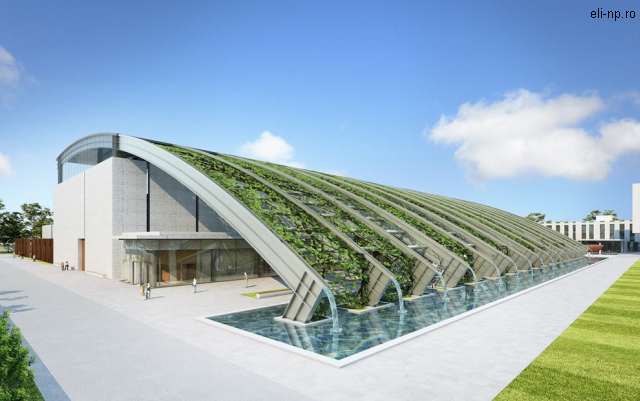They are fabulous, is how the French professor Gerard Mourou
described the Romanian scientists. Considered a leading figure in contemporary
physics, he is the initiator of a European project called ELI, whose main
pillar, ELI Nuclear Physics, is being built in the form of the world’s most
powerful laser at the Nuclear Physics Institute in Măgurele, near
Bucharest.
In 2012, the European Commission approved 180 million euros to
finance the building of this laser. Total costs will amount to 356 million
euros, making the project the largest scientific project to be carried out in
Romania. Similar projects, albeit on a smaller scale, will be implemented in
Hungary and the Czech Republic.
ELI-Nuclear Physics will function as a European lab that will
closely study issues from a wide range of scientific areas, from fundamental
physics to nuclear physics and from astrophysics to applications in the
material and life sciences. Other applications will focus on treating cancer,
identifying radioactive substances and testing electronic circuits from
satellites. Experts say the applications of this project are also useful in the
case of radioactive waste accumulated in time, offering solutions that could
prevent ecological disasters such as the one at Japan’s Fukushima nuclear power
plant in 2011.
The director of the Nuclear Physics Institute in Măgurele,
Nicolae Zamfir, says the project, which has to be finalised in 3 years’ time,
is on schedule. Professor Gerard Mourou supported the idea of choosing Romania as
the host of this ambitious form of scientific cooperation among EU member
states. Specialists say there had been many advantages to choosing the
Institute in Măgurele as the host of the world’s most powerful laser.
The first laser was unveiled here as early as 1962. Five years
earlier, Măgurele had seen the launch of Romania’s first research reactor and
its first cyclotron, which is a particle accelerator. The production of
radioisotopes, one of the aims of ELI-Nuclear Physics project, is an activity
that the institute has been carrying out since 1974. At the time, the institute
was equipped with a tandem accelerator and a unit for processing radioactive
waste. In 2000, a multi-purpose irradiation centre opened in Măgurele
in cooperation with other European countries.
A physicist by training, the Romanian president Klaus Iohannis said
he was looking forward to the launch of the Măgurele laser in
2018. The president also believes this project could motivate Romanian
researchers now working abroad to return to their home country.
(Translated by: L. Simion; edited by: C. Mateescu)
